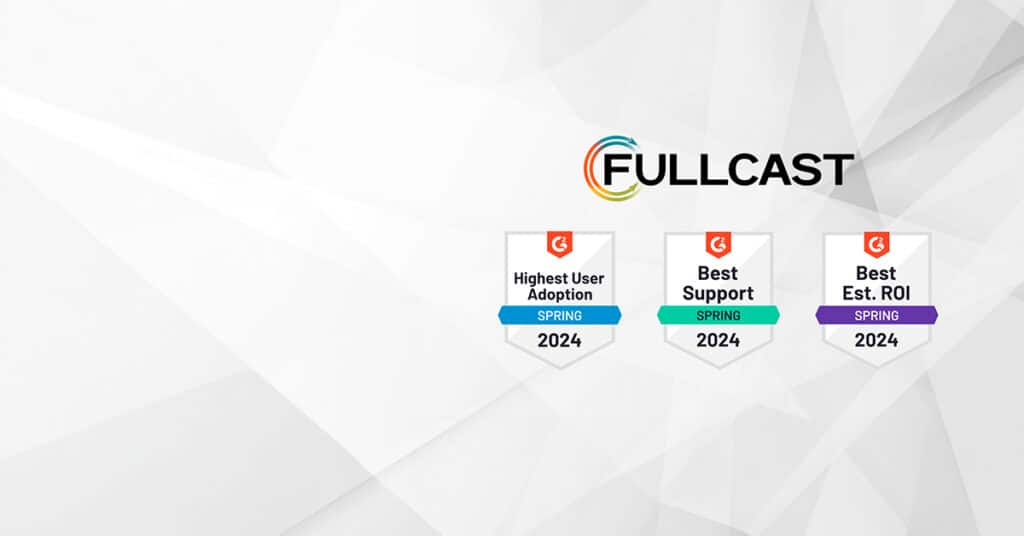Start-ups are well known for moving quickly, but as enterprises grow, they need to develop organizational structures and repeatable processes. The centralization and structure that enable large enterprises to coordinate large numbers of individuals and teams can also lead to excessive bureaucracy, inefficiency, and misalignment of incentives. The paradox facing leaders of large organizations is that the structures that create stability often discourage innovation.
Many companies seeking to find the elusive balance between nimble, entrepreneurial innovation and at-scale stability engage in periodic reorganizations. A classic McKinsey survey found that a majority of companies surveyed implemented significant structural changes – at the unit or enterprise level – every two to three years. Yet survey respondents believed that 77% of these initiatives had destroyed value.
McKinsey offers a scorecard whereby organizations can reflect upon their own “stability” versus “dynamic capability” (figure 1). From the 2×2 matrix, we see that start-ups have a strong dynamic capability but weak stability. A typical large bureaucratic enterprise is strong on stability but weak on dynamic capability. The ideal is to blend stability and dynamic capability into a potent blend called “Agility.” Business Agility enables large organizations to act more nimbly and collaboratively while maintaining the structure that guards against a descent into chaos. It sounds easier said than done, but McKinsey offers guidance.

The key is to identify organizational structure, governance and processes that provide a firm foundation upon which dynamic change can occur. As an analogy, consider your smartphone. It has fixed hardware and apps that can be added and deleted at will. The hardware represents the stable foundational elements of your organization, while the apps represent the dynamic aspects that can be assembled and dissolved in response to rapidly evolving market requirements.
Consider how you can structure your organization or enterprise for greater agility. It begins by identifying the elements of the company that are “agility enabling.” Certain structures and workflows serve as the enduring foundation upon which rest agile teams and processes. As an example, territory management is a core capability that enables sales force agility.
Agile Territory Management
Turnover in sales teams has skyrocketed, but even before the pandemic, turnover in sales teams approached 35% in the US. With an average of only 67% of sales reps making quota, a high turnover rate is understandable. Couple these factors with market shifts and strategic change, and we have one of the most volatile departments within an enterprise. Unpredictability can degrade sales performance unless management creates a resilient organizational structure that effectively navigates unpredictability and shifts in strategy.
We recently heard about a company that began the year planning to sell to the small and medium-sized business (SMB) segment. Due to economic concerns, the SMB market suddenly dried up. The company was forced to pivot. The threat of a contracting economy stimulated interest in the large company segment among firms seeking to “do more with less.” The company found itself with several exciting opportunities in the large enterprise segment. The critical question is how quickly the company can sense a change in the external environment and then plan and implement a new GTM plan focusing on larger enterprises versus SMBs. Will the company transition to its new GTM plan before or after competitors? Plainly stated, sales agility separates market leaders from market laggards.
Go-To-Market (GTM) Plan agility rests upon agile territory management. The challenge is that territories cut across several major sales operations workflows: data hygiene, quotas, lead routing, opportunity prioritization, resource assignment, customer support and employee retention. These workflows span several operational systems. Disruption to territories due to turnover, strategic realignments, or reorganizations can throw sales operations workflows out of alignment. The key to taming these chaotic influences is territory management software that can quickly bring sales operations workflows back into alignment with a new or updated GTM plan. Workflows and processes that rely on manual steps will, by design, take many weeks or months to execute. A territory management platform must utilize automation to minimize the cycle time of updating the GTM plan. It is also critical that the territory management platform connects to each of the operational systems (CRM, lead routing, ticket management, …) that support the GTM plan.
A GTM platform, such as Fullcast, serves as the stable foundation that enables GTM plan agility. The Fullcast Platform provides tools and transparency to assist territory planning through scenario planning. For example, a Chief Revenue Officer or Sales VP might create a base case territory plan but maintain other plans (best case? recession? reorganization?) as contingencies. If the GTM plan changes mid-year, sales management can implement the updated plan quickly and seamlessly. Fullcast interfaces with critical operational systems and loads them with the new plan. Account ownership, account hierarchies, lead routing, resource assignment and other territory-linked workflows are updated rapidly. The cycle time to implement a new GTM plan is reduced to its absolute minimum so the sales team can turn on a dime.
Companies that maximize business agility will win the next business cycle. To optimize revenue operations agility, sales organizations need a centralized platform that interfaces with all the operational systems that support the GTM plan. The Fullcast Platform was designed expressly to streamline workflows related to agile territory management. Fullcast can enable your sales organization to turn GTM plan agility into a competitive advantage.











